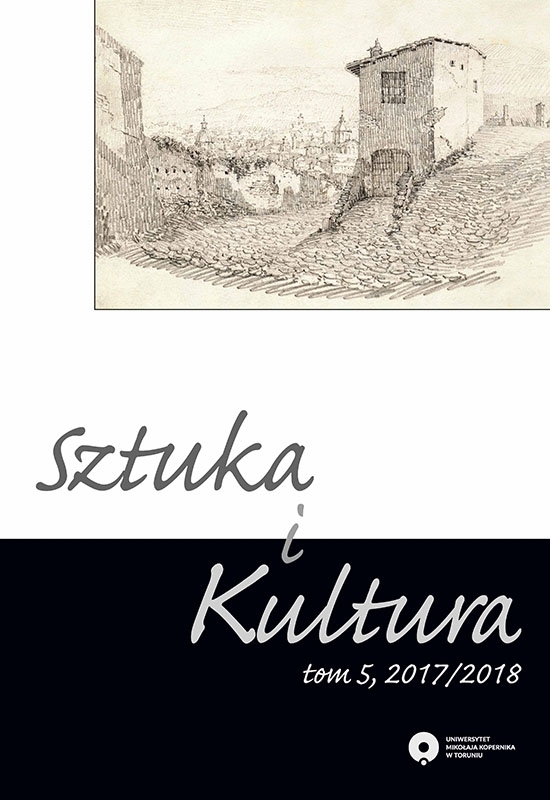Rozwojowe ciągi formalno-ideowe w ramach konstrukcji czasu artystycznego George’a Kublera
DOI:
https://doi.org/10.12775/SZiK.2017/2018.010Słowa kluczowe
Kubler George, metodologia, historia sztuki, sztuka, historiografia, filozofia sztuki, Kształt czasu, algorytmiczne konteksty metodologii historii sztukiAbstrakt
In the article an attempt was made to take a new look at the methodology of an acclaimed art historian George Kubler, still useful and mind-stirring to researchers. A reference was made to a group of concepts, including in particular system age and above all to logic and some breakthrough, sectional ways of thinking about changes embracing an artistic output. The significance of Kubler’s concept is of universal character, including the whole of the history of art discipline, the artefacts examined by it as well as artistic-cultural processes. The usefulness of the research method first presented in 1962 seems to transgress the boundaries of history of art as a scientific discipline. The most important, theoretical treatise was taken into account: The Shape of Time: Remarks on the History of Things in both Polish and English versions. The basis for consideration was later complemented by Kubler’s methodological articles, further publications from his scientific output, reviews and introductions to the main paper. The support was the complex reception of Kubler’s ideas in Polish and worldwide academic publishings. Attention was paid to the possibilities brought about by the introduction into the circle of numerous comparisons and contexts of the author’s mind as well as other sciences. Namely, an indication was made to the parallel methods and ways of thinking derived from the science of algorhythms and informatics, developing as the Shape of Time was being written. Kubler’s work can be classified as part of philosophy of art or theory of art discipline. It is natural to compare it to Heraklitean sentences. Among art historians Henri Focillon’s output was referred to as having the main influence upon Kubler. At the same time, the author of the Shape of Time participated in the translation of the main work of his teacher – Life of Forms in Art. It is still worthwhile to read and use the thoughts included in Kubler’s works.
Pobrania
Opublikowane
Jak cytować
Numer
Dział
Licencja
Prawa autorskie (c) 2021 Przemysław Waszak

Utwór dostępny jest na licencji Creative Commons Uznanie autorstwa – Bez utworów zależnych 4.0 Międzynarodowe.
Statystyki
Liczba wyświetleń i pobrań: 1063
Liczba cytowań: 0



